Kotlin for Server-Side Development: Building Robust Backend Systems
Table of Contents
Kotlin has been a popular language choice for server-side developers because it provides excellent type safety, a contemporary and compact syntax, and smooth Java compatibility. We’ll examine the reasons Kotlin is a great choice for creating reliable backend systems in this blog article, supported with code samples that demonstrate its usefulness.
Why Kotlin for Server-Side Development?
For good reason, Kotlin has been gaining a lot of popularity in the server-side programming space. Here are some strong arguments for why Kotlin is a great option for creating reliable backend systems:
- Conciseness and Readability: Kotlin boasts a concise and expressive syntax that reduces boilerplate code and improves readability. This makes it easier for developers to understand and maintain complex backend logic, ultimately enhancing productivity and reducing the likelihood of errors.
- Strong Type Safety: Because Kotlin is statically typed, type errors are detected at compilation rather than during execution. Because they can identify any problems early in the process and stop them from spreading to production, developers are able to produce code that is more robust and dependable.
- Interoperability with Java: Because Kotlin and Java are completely compatible, developers may easily use the libraries, frameworks, and tools that are already available for Java. Teams may now utilize their current Java code while progressively integrating Kotlin into their projects, which makes it easier for them to embrace Kotlin gradually.
- Modern Language Features: Numerous contemporary language features, such data classes, null safety, and extension functions, are absent from Java yet are included in Kotlin. With the help of these tools, programmers may create more succinct and expressive code, which results in quicker development cycles and better products.
- Coroutines for Asynchronous Programming: Lightweight coroutine threads, which make asynchronous programming easier to understand and more productive than with conventional callback-based techniques, are included into Kotlin. As a result, writing reactive and non-blocking code becomes simpler for developers, leading to more scalable and responsive backend systems.
- Growing Ecosystem: An ever-expanding library, framework, and tool ecosystem tailored to server-side programming is available for Kotlin. This comprises database access frameworks like Exposed and Spring Boot for business applications and web application development, respectively, as well as Ktor for web applications. The resources developers require to create complex, feature-rich backend systems are made available to them by this thriving ecosystem.
All things considered, Kotlin is a great option for server-side development because it provides an appealing blend of readability, type safety, interoperability, current language features, and support for asynchronous programming. Kotlin gives you the tools and features you need to create reliable, scalable, and maintainable backend systems, whether you’re creating microservices, RESTful APIs, or fully functional web apps.
Setting Up a Kotlin Backend Project
Setting up a backend project is a straightforward process. We’ll guide you through the steps involved in creating a basic Kotlin backend project using the Ktor framework, which is a powerful and lightweight framework for building asynchronous servers and clients.
Step 1: Set Up Your Development Environment
Make sure you have the necessary tools installed on your system:
- Java Development Kit (JDK): Kotlin runs on the Java Virtual Machine (JVM), so you’ll need the JDK installed. You can download it from the official Oracle website or use OpenJDK.
- Kotlin Compiler: Install the Kotlin compiler, which can be easily done using tools like SDKMAN or by downloading it from the Kotlin website.
- Build Tool: Choose a build tool for your project. Gradle and Maven are popular choices. In this guide, we’ll use Gradle.
Step 2: Initialize a Gradle Project
Open your terminal or command prompt and navigate to the directory where you want to create your backend project. Then, run the following command to initialize a new Gradle project:
gradle init --type kotlin-application
Follow the prompts to configure your project. You can choose a project name, group ID, and version. For simplicity, you can use the default values for the rest of the settings.
Step 3: Add Dependencies
Open the build.gradle.kts file in your project directory and add the necessary dependencies. For a basic Ktor backend project, you’ll need the ktor-server-netty dependency, which provides an embedded Netty server for running your application.
// build.gradle.kts
plugins {
kotlin("jvm") version "1.5.10"
application
}
application {
mainClassName = "com.example.MainKt"
}
dependencies {
implementation("io.ktor:ktor-server-netty:1.6.5")
}Step 4: Write Your Backend Code
Create a Kotlin file to serve as the entry point for your backend application. You can name it Main.kt or anything you prefer. Here’s a simple example that sets up a basic Ktor server:
// Main.kt
import io.ktor.application.*
import io.ktor.response.*
import io.ktor.routing.*
import io.ktor.server.engine.*
import io.ktor.server.netty.*
fun main() {
embeddedServer(Netty, port = 8080) {
routing {
get("/") {
call.respondText("Hello, Kotlin Backend!")
}
}
}.start(wait = true)
}This code initializes a Ktor server using the Netty engine and defines a single route that responds with “Hello, Kotlin Backend!” when a GET request is made to the root path (“/”).
Step 5: Run Your Backend Application
To run your Kotlin backend application, execute the following command in your terminal:
./gradlew run
This command compiles your Kotlin code, resolves dependencies, and starts the server. You should see output indicating that the server is running.
Step 6: Test Your Backend
To access your backend API, open a web browser or use a tool like curl, and go to http://localhost:8080. The answer ought should show you the message “Hello, Kotlin Backend!”
Best wishes! You’ve used the Ktor framework to successfully put up a simple backend project. Depending on the needs of your application, you may then extend your project by creating new routes, linking it with databases, putting authentication in place, and much more.
Handling Data with Kotlin
Backend development requires handling data, and Kotlin offers strong tools and frameworks to make this process easier. Managing data in a Kotlin backend application will be covered in this part, along with how to work with data classes, serialize and deserialize JSON, and connect with databases.
Data Classes
Immutable data may be concisely represented using Kotlin’s data classes. Their ability to automatically produce helpful methods like copy(), hashCode(), equals(), and toString() makes them perfect for representing domain objects in your application. To illustrate a user entity, let’s construct a basic data class:
data class User(val id: Int, val name: String, val email: String)
With this data class, we can easily create instances of User and access its properties:
val user = User(1, "John Doe", "john@example.com") println(user.name) // Output: John Doe
JSON Serialization and Deserialization
When building APIs, it’s common to send and receive data in JSON format. Kotlin provides support for JSON serialization and deserialization through libraries like Jackson and kotlinx.serialization.
Using Jackson
Jackson is a widely used JSON serialization library in the Java ecosystem, and it integrates seamlessly with Kotlin. Here’s how you can use Jackson to serialize a User object to JSON:
import com.fasterxml.jackson.databind.ObjectMapper
val user = User(1, "John Doe", "john@example.com")
val objectMapper = ObjectMapper()
val json = objectMapper.writeValueAsString(user)
println(json) // Output: {"id":1,"name":"John Doe","email":"john@example.com"}And to deserialize JSON into a User object:
val json = "{\"id\":1,\"name\":\"John Doe\",\"email\":\"john@example.com\"}"
val user = objectMapper.readValue(json, User::class.java)
println(user) // Output: User(id=1, name=John Doe, email=john@example.com)Using kotlinx.serialization
kotlinx.serialization is a Kotlin-specific library for JSON serialization. It offers a more Kotlin-native approach and provides support for features like nullable types and sealed classes. Here’s how you can use kotlinx.serialization to achieve the same serialization and deserialization tasks:
import kotlinx.serialization.json.Json
val user = User(1, "John Doe", "john@example.com")
val json = Json.encodeToString(User.serializer(), user)
println(json) // Output: {"id":1,"name":"John Doe","email":"john@example.com"}
val parsedUser = Json.decodeFromString<User>(json)
println(parsedUser) // Output: User(id=1, name=John Doe, email=john@example.com)Interacting with Databases
In real-world backend applications, you often need to store and retrieve data from databases. Kotlin offers excellent support for interacting with databases, whether through traditional JDBC or modern ORM libraries like Exposed or Hibernate.
Using Exposed
Exposed is a lightweight SQL library for Kotlin that provides a DSL for building SQL queries in a type-safe and expressive way. Here’s a simple example of how you can use Exposed to interact with a PostgreSQL database:
import org.jetbrains.exposed.sql.Database
import org.jetbrains.exposed.sql.SchemaUtils
import org.jetbrains.exposed.sql.transactions.transaction
// Connect to the database
Database.connect("jdbc:postgresql://localhost:5432/mydatabase", driver = "org.postgresql.Driver", user = "username", password = "password")
// Define a table
object Users : Table() {
val id = integer("id").autoIncrement()
val name = varchar("name", 255)
val email = varchar("email", 255)
override val primaryKey = PrimaryKey(id)
}
// Create the table
transaction {
SchemaUtils.create(Users)
}
// Insert a new user
transaction {
Users.insert {
it[name] = "John Doe"
it[email] = "john@example.com"
}
}
// Retrieve users
transaction {
val users = Users.selectAll().map { row ->
User(
id = row[Users.id],
name = row[Users.name],
email = row[Users.email]
)
}
println(users)
}Conclusion
We’ve looked at how to manage data in a Kotlin backend application in this part. Kotlin allows you to create scalable and reliable backend systems by utilizing capabilities like data classes, JSON serialization and deserialization, and database interface libraries. Whether you’re creating microservices, RESTful APIs, or fully functional web apps, Kotlin gives you the tools and features you need to manage data effectively.



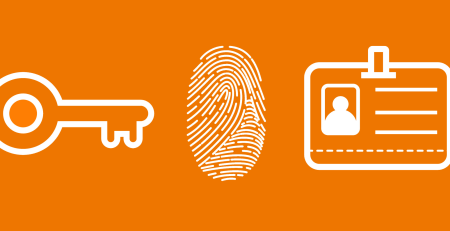


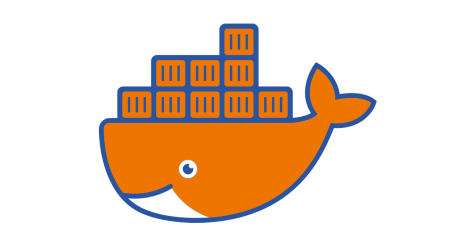
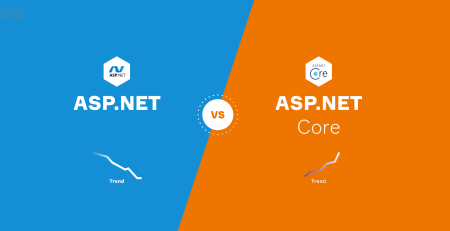
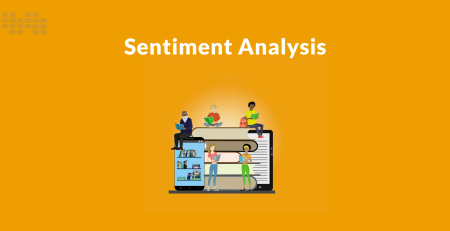
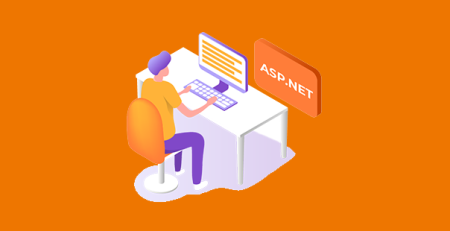
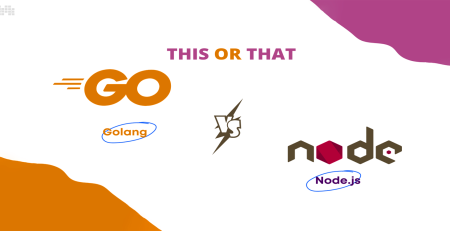
Leave a Reply